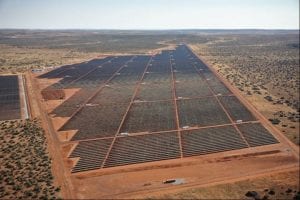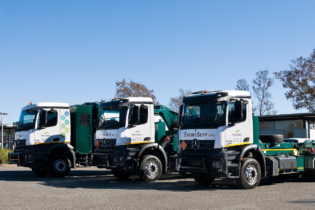Renewable energy has benefited South Africa, a study by the Council for Scientific and Industrial Research (CSIR) has found.
The independent study by the CSIR found that renewable energy from the country’s first wind and solar (photovoltaic) projects created R8 million more financial benefits for the country than they cost during 2014. The study was conducted against the backdrop of the Department of Energy running its procurement programme to expand the generation capacity in the country. It has already procured close to 4 000 MW of renewable capacity (mainly wind and solar) from independent power producers (IPPs). According to the chief engineer at the Integrated Energy Research Centre at the CSIR, Dr Tobias Bischof-Niemz, the study was based on actual hourly production data for the different supply categories of the power system.Monetary benefits
“The benefits earned were two-fold. The first benefit, derived from diesel and coal fuel cost savings, is pinned at R3.7 billion. This is because 2.2 terawatt-hours of wind and solar energy replaced the electricity that would have otherwise been generated from diesel and coal.”The second benefit of R1.6 billion is a saving to the economy derived from almost 120 hours of so-called “unserved energy” that were avoided thanks to the contribution of the wind and solar projects. During these hours the supply situation was so tight that some customers’ energy supply would have had to be curtailed (“unserved”) if it had not been for the renewables.
“Therefore, renewables contributed benefits of R5.3 billion in total (or R2.42 per kWh of renewable energy), while the tariff payments to independent power producers of the first wind and photovoltaic (PV) projects were only R4.5 billion (or R2.08 per kWh of renewable energy), leaving a net benefit of R0.8 billion,” said the CSIR.







